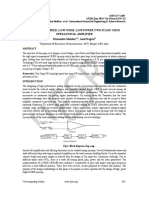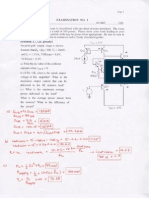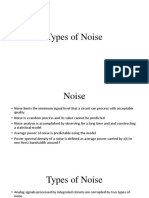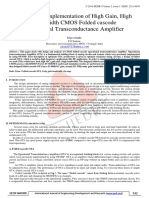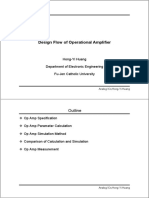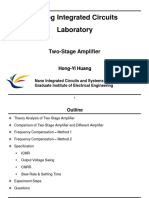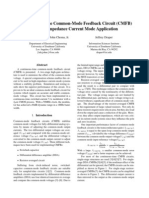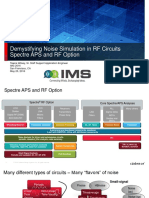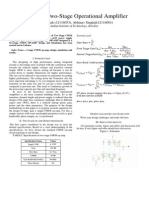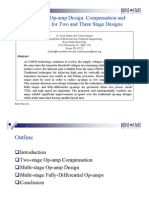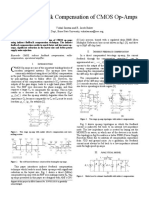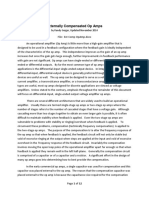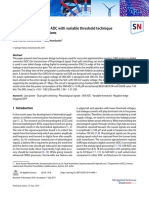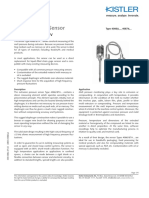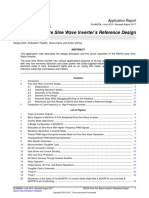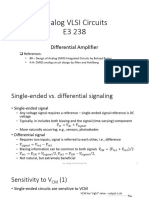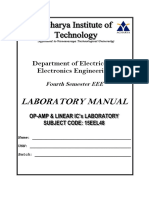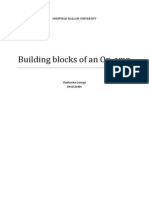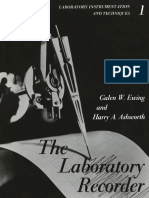0% found this document useful (0 votes)
492 views26 pagesTwo Stage Compensation
This document discusses high speed op-amp design and compensation techniques for two-stage designs. It covers how CMOS scaling trends have challenged op-amp design paradigms and increased the need for effective compensation. Direct compensation using a compensation capacitor can cause a right half plane zero, while indirect compensation techniques like using a common gate stage can eliminate this zero. The document also outlines drawbacks of direct compensation and advantages of indirect approaches.
Uploaded by
Indranil SarkarCopyright
© © All Rights Reserved
We take content rights seriously. If you suspect this is your content, claim it here.
Available Formats
Download as PDF, TXT or read online on Scribd
0% found this document useful (0 votes)
492 views26 pagesTwo Stage Compensation
This document discusses high speed op-amp design and compensation techniques for two-stage designs. It covers how CMOS scaling trends have challenged op-amp design paradigms and increased the need for effective compensation. Direct compensation using a compensation capacitor can cause a right half plane zero, while indirect compensation techniques like using a common gate stage can eliminate this zero. The document also outlines drawbacks of direct compensation and advantages of indirect approaches.
Uploaded by
Indranil SarkarCopyright
© © All Rights Reserved
We take content rights seriously. If you suspect this is your content, claim it here.
Available Formats
Download as PDF, TXT or read online on Scribd
/ 26
